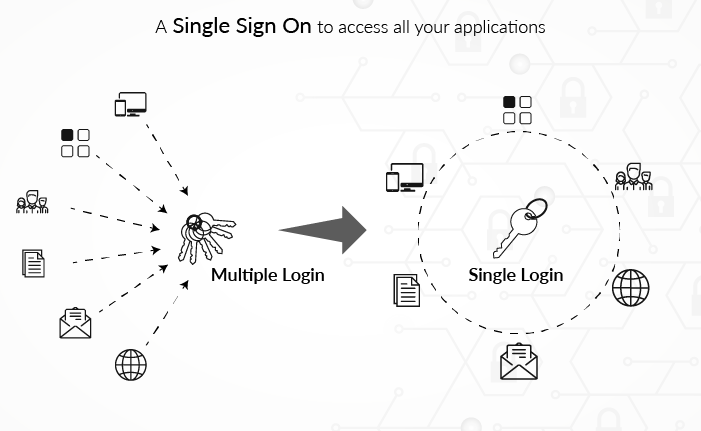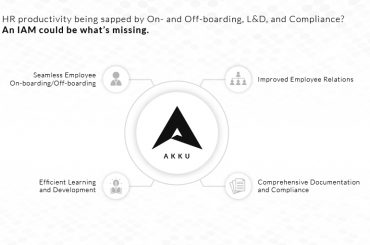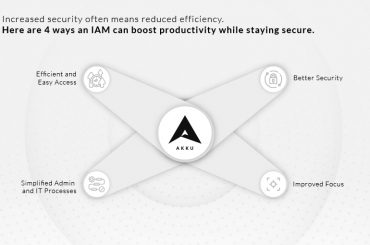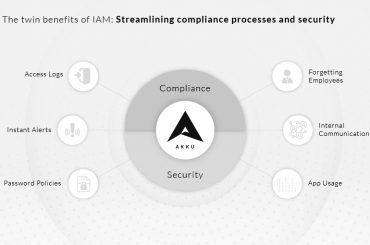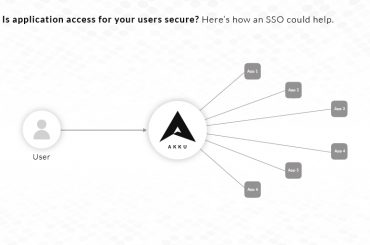Logging on to different applications using different user credentials every single time is frustrating, isn’t it? The use of a Single Sign On (SSO) application makes it easy to access all your applications with just a single set of login credentials. The SSO acts as the identity provider – a common platform to handle user identity and access across all your applications – and also provides authentication, authorization and access control.
Single Sign On solution offers a secure and convenient way to manage access credentials and user provisioning.
Advantages of Single Sign On (SSO)
Reduce Your Help Desk Costs
Gartner’s research says that about 50% of all calls made to help desks are requests for resetting passwords. In this scenario, deploying a Single Sign On application reduces the time, effort and cost spent by your help desk, resulting in savings for your organization.
User Experience
Through automated login using Single Sign On, users can switch between applications without having to login to each applications each time. This saves employee time and increases productivity.
Reduce Password Fatigue
Users don’t need to remember and manage multiple passwords – SSO reduces the number of passwords to one and makes it much simpler to remember and manage.
Easier Accounts Management
SSO gives clear visibility on what access is permitted for whom. It also helps in improving the speed of adding and disabling the accounts of outgoing employees.
Right Access To The Right People
Admin users can provide or deny access to specific users. For instance, if a particular user in a department wants an application to work on the admin can give access only to that person instead of giving it to the team which could result in confusion.
How does it work?
An SSO acts as an identity provider, acting as a common platform to manage identity and access rules across all of an organization’s cloud apps. When a user connects to the service provider to authenticate their identity, it transfers authentication to the identity provider. The identity provider validates the user’s credentials, and then sends a SAML token to the service provider for accessing the application.
Akku packs a powerful Single Sign On function whose customized SAML enables you to integrate a highly secure Single Sign On (SSO) with any cloud or in-house application, developed on any platform, including support for your intranet.
So, why continue to be frustrated with multiple passwords and multiple user accounts to access multiple applications? Make access easier for users and control easier for administrators with Akku.

